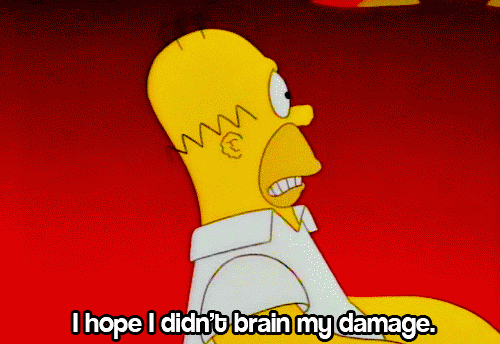@atp2015 just doesn't want too accept facts.
I even talked to my coach now for feedback and if im right, and it was confirmed that im absolutely right.
Serve is technically and mechanically the most complex shot in tennis.
Backhand slice is actually technically and mechanically one of the easiest and simplest shots in tennis right after the volley, infact... backhand slice is actually almost like a backhand volley, mechanically its extremely similar and not much different at all.
@atp2015 is stubbornly arguing that its the hardest shot in tennis and his proof for this is that not many players can hit extremely penetrating low skiding slices, so that is his proof that its the hardest shot in tennis to learn and the most complex.
But what he fails to accept and admit is, that if he is talking about a low skiding penetrating slice and how its hard to learn, then he must take the same standards for other strokes, he can't just say a decent serve or a decent groundstroke is easier to learn, because here he is talking about a low skiding penetrating slice, which is not anywhere close to a decent shot, he is talking about an extremely high level shot here.
So take the same standards for other strokes aswell..
How long does it take to learn a high level groundstroke? And by high level I mean very strong powerful stroke with heavy spin, very consistent and able to hit and aim spots accurately in many difficult positions, on the run, against different balls etc...
How long does it take to learn a high level serve? And by high level I mean very strong powerful serve with heavy spin, very consistent and able to hit and aim spots accurately and keep a high % of serves in, and not only 1 serve but all types of serves (slice, spin, kick, flat)
The answer to both these questions is... most likely with a TON of training and practice and drilling and matchplay, it takes probably around 7-10 years.
Now the 2nd important thing here is, how much do pretty much all tennis players train, practice and drill the backhand slice compared to groundstrokes and serve?
If you take anyone who trains and practices alot and plays, they pretty much practice and work on their groundstrokes around 60-70% and the serve around 30-40%, and the slice? I don't think its even 1%, just think about that long and hard, when was the last time you saw someone drill and practice backhand slices?
Even Fed and players like that who have a great slice, they don't practice it anywhere NEAR as much as the serve or groundstrokes, and yet Fed has a wonderful slice aswell as groundstrokes.
So considering it takes 7-10 years to build high level topspin groundstrokes, and pretty much everyone is practicing and drilling them AT LEAST 10 times more than backhand slice (which would then need 70-100 years to reach the same level based on these statistics) and yet some players do have a very good slice, isn't this actually the exact OPPOSITE of what
@atp2015 claims, and is actually proof that the slice is infact one of the easiest and simplest shots to learn to hit well?

